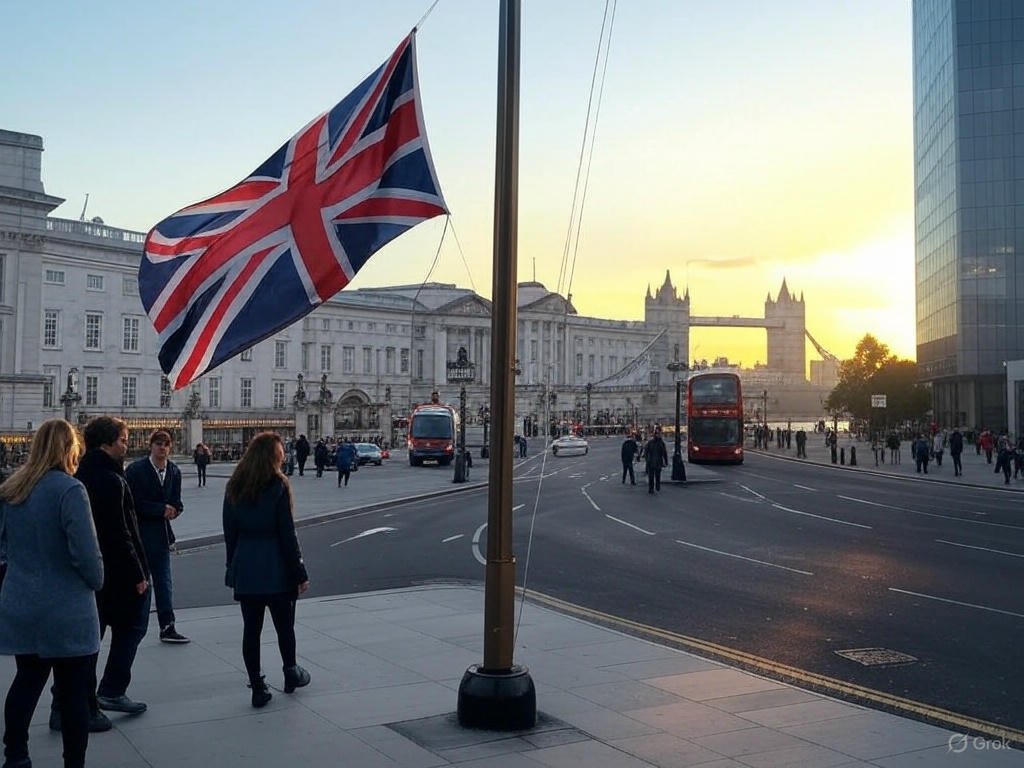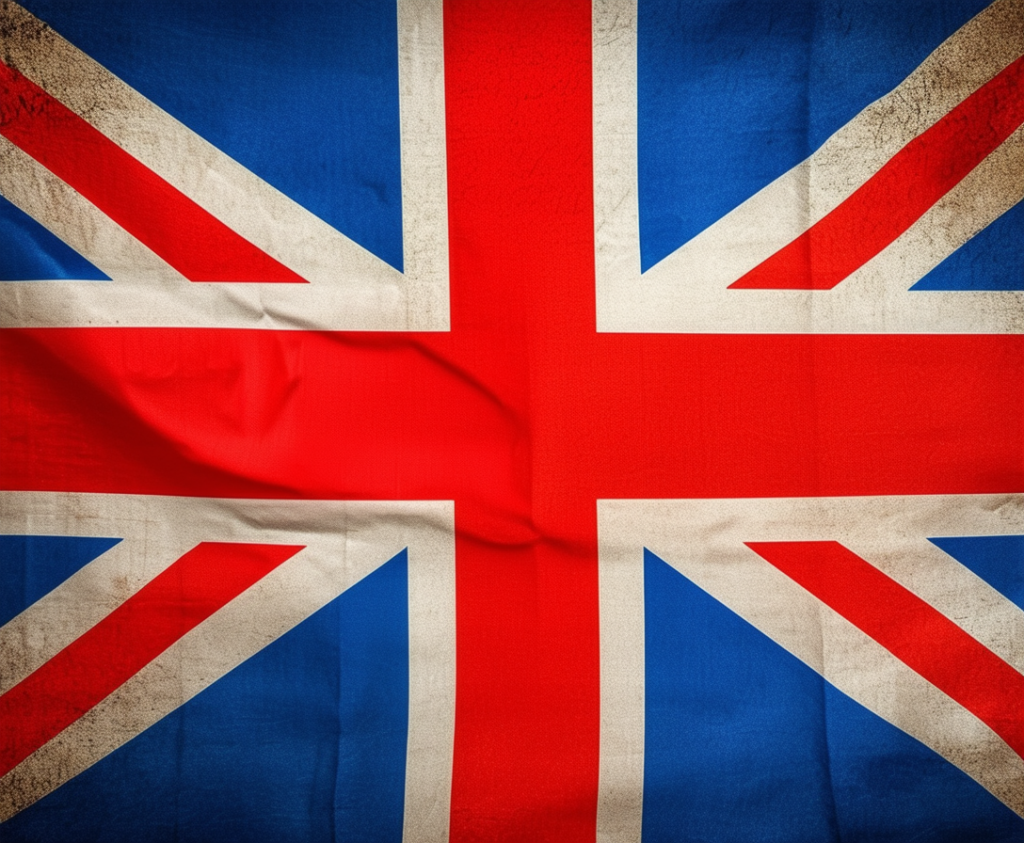At Extraordinary World Travels, we believe that every destination has a story to tell, and sometimes, those stories are woven into the very fabric of a nation’s flag. The United Kingdom’s flag, commonly known as the Union Jack, is a vibrant symbol of history, unity, and identity. Whether you’re planning a trip to the UK or simply curious about its heritage, join us as we explore the colors, creation, adoption, and fascinating facts about this iconic flag.
The Colors of the Union Jack
The Union Jack is a striking combination of red, white, and blue, each color drawn from the flags of the nations it represents:
-
Red: Found in the crosses of St. George (England) and St. Patrick (Ireland), red symbolizes courage and sacrifice.
-
White: Present in the backgrounds and borders of the crosses, white represents purity and peace.
-
Blue: The deep blue field comes from Scotland’s St. Andrew’s Cross, evoking loyalty and vigilance.
These colors not only create a visually bold design but also reflect the shared values of the nations united under the flag.
Visit our Page All About the UK
The Story of Its Creation
The Union Jack is a composite flag, born from the unification of England, Scotland, and Ireland (and later Northern Ireland) under one crown. Its design is a layered blend of three historic flags:
-
The Cross of St. George (England): A red cross on a white background, representing England’s patron saint.
-
The Cross of St. Andrew (Scotland): A white diagonal cross (saltire) on a blue background, honoring Scotland’s patron saint.
-
The Cross of St. Patrick (Ireland): A red diagonal cross on a white background, symbolizing Ireland.
The flag’s evolution began in 1606, when King James VI of Scotland became James I of England, uniting the two crowns. A royal decree merged the Cross of St. George and the Cross of St. Andrew to create the first “Union Flag” for use at sea. However, it wasn’t until 1801, after the Act of Union joined Great Britain and Ireland, that the Cross of St. Patrick was incorporated, finalizing the modern Union Jack we know today.
When Was It Adopted?
The Union Jack in its current form was officially adopted on January 1, 1801, following the Act of Union 1800. This act formalized the political union between Great Britain and Ireland, necessitating a flag that represented all constituent nations. While the flag has remained unchanged since, its name “Union Jack” became more common in the 19th century, particularly in naval contexts, though it’s used for both maritime and land purposes today.

Fun Facts and Interesting Tidbits
The Union Jack is more than just a flag—it’s a global icon with a wealth of intriguing stories:
-
Why “Jack”? The term “Jack” likely comes from its use on ships, where a small flag flown at the bow is called a “jack.” Over time, the name stuck, even for the flag on land.
-
Asymmetry by Design: The Union Jack is not perfectly symmetrical. The red Cross of St. Patrick is offset to avoid overlapping with Scotland’s white Cross of St. Andrew, ensuring both are distinct.
-
Global Influence: The Union Jack appears in the flags of several Commonwealth countries, like Australia, New Zealand, and Fiji, as well as the state flag of Hawaii, reflecting the UK’s historical reach.
-
Upside-Down Faux Pas: Flying the Union Jack upside down is considered a sign of distress or, more commonly, a mistake! The correct orientation has the broader white stripe of St. Andrew’s Cross at the top left near the flagpole.
-
A Symbol in Pop Culture: From the Beatles’ album covers to the Mini Cooper’s roof designs, the Union Jack is a cultural emblem, synonymous with British style and creativity.
Why the Union Jack Matters for Travelers
For visitors to the UK, the Union Jack is everywhere—from government buildings to souvenirs in bustling markets. It’s a reminder of the UK’s rich, multifaceted history, where England, Scotland, Wales, and Northern Ireland each contribute to a vibrant whole. When you see the flag fluttering over Buckingham Palace, Edinburgh Castle, or a quaint village pub, you’re witnessing a symbol that has endured for centuries.
At Extraordinary World Travels, we encourage you to look beyond the flag’s bold design and consider the stories it tells. Visit the UK to explore the regions that shaped it: walk the historic streets of London, marvel at Scotland’s rugged landscapes, or delve into Northern Ireland’s cultural heritage. Each destination offers a piece of the Union Jack’s legacy.
Plan Your UK Adventure with Extraordinary World Travels
Ready to experience the United Kingdom’s history and culture firsthand? Let Extraordinary World Travels craft a journey that takes you to the heart of this storied nation. From the Union Jack’s origins to the modern-day UK, we’ll help you uncover the extraordinary stories that make travel unforgettable. Contact us today to start planning your adventure!

